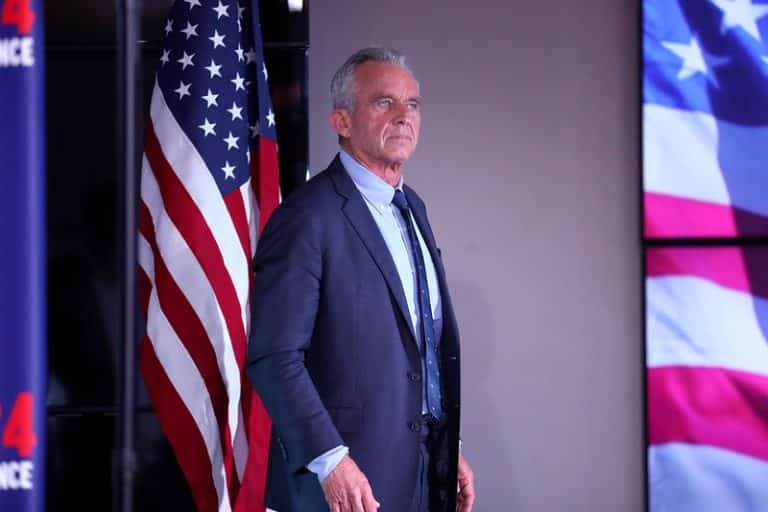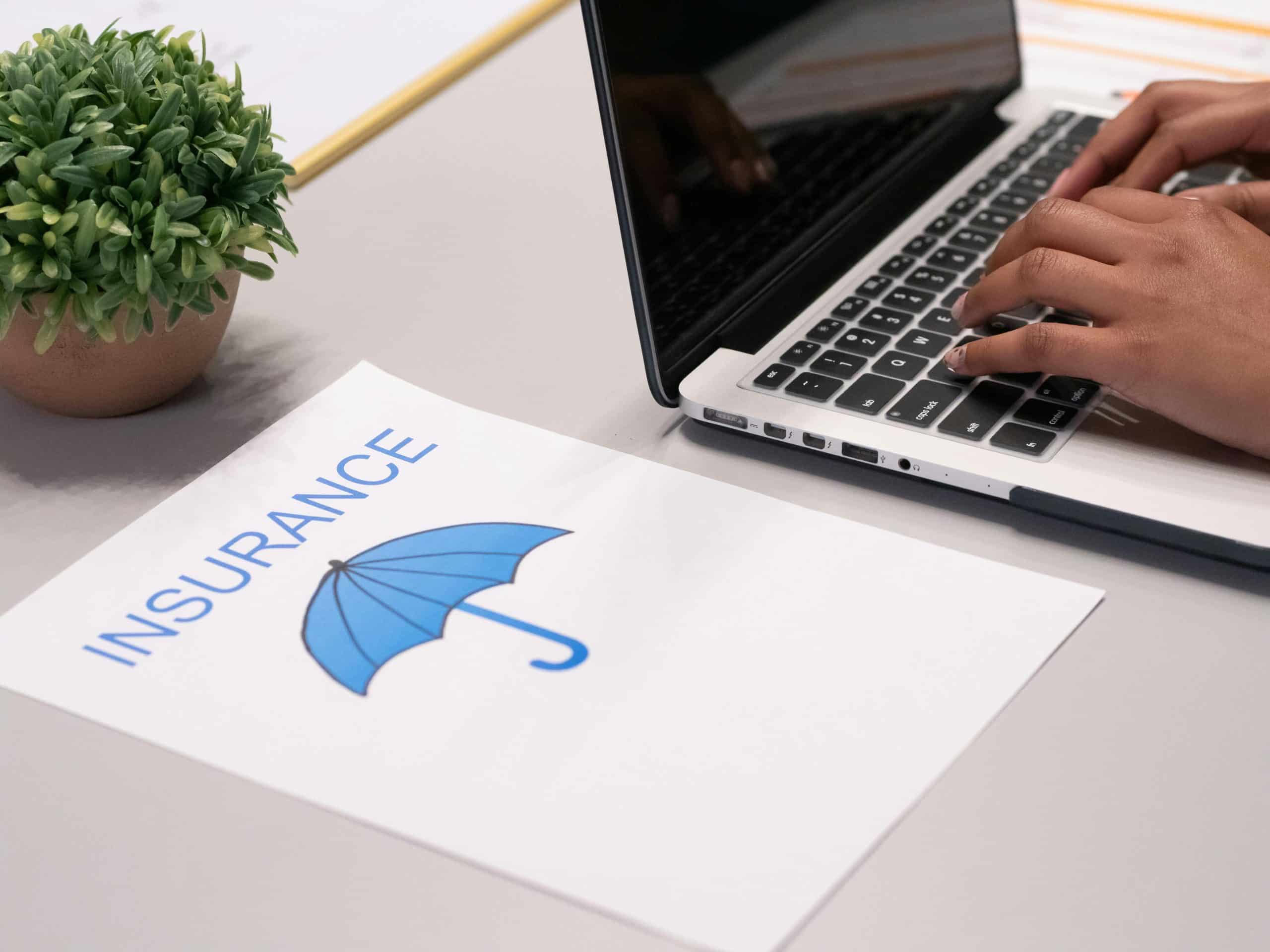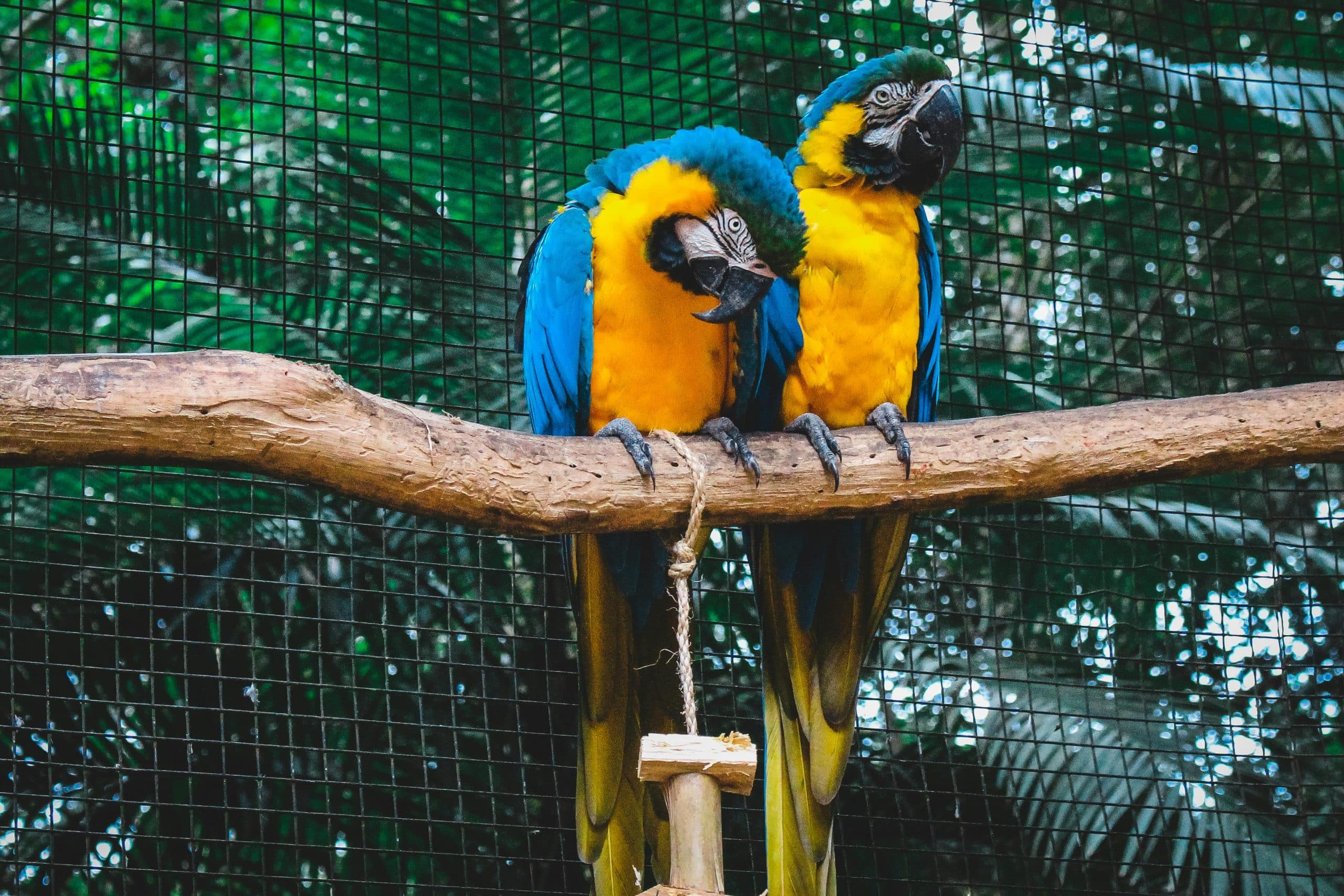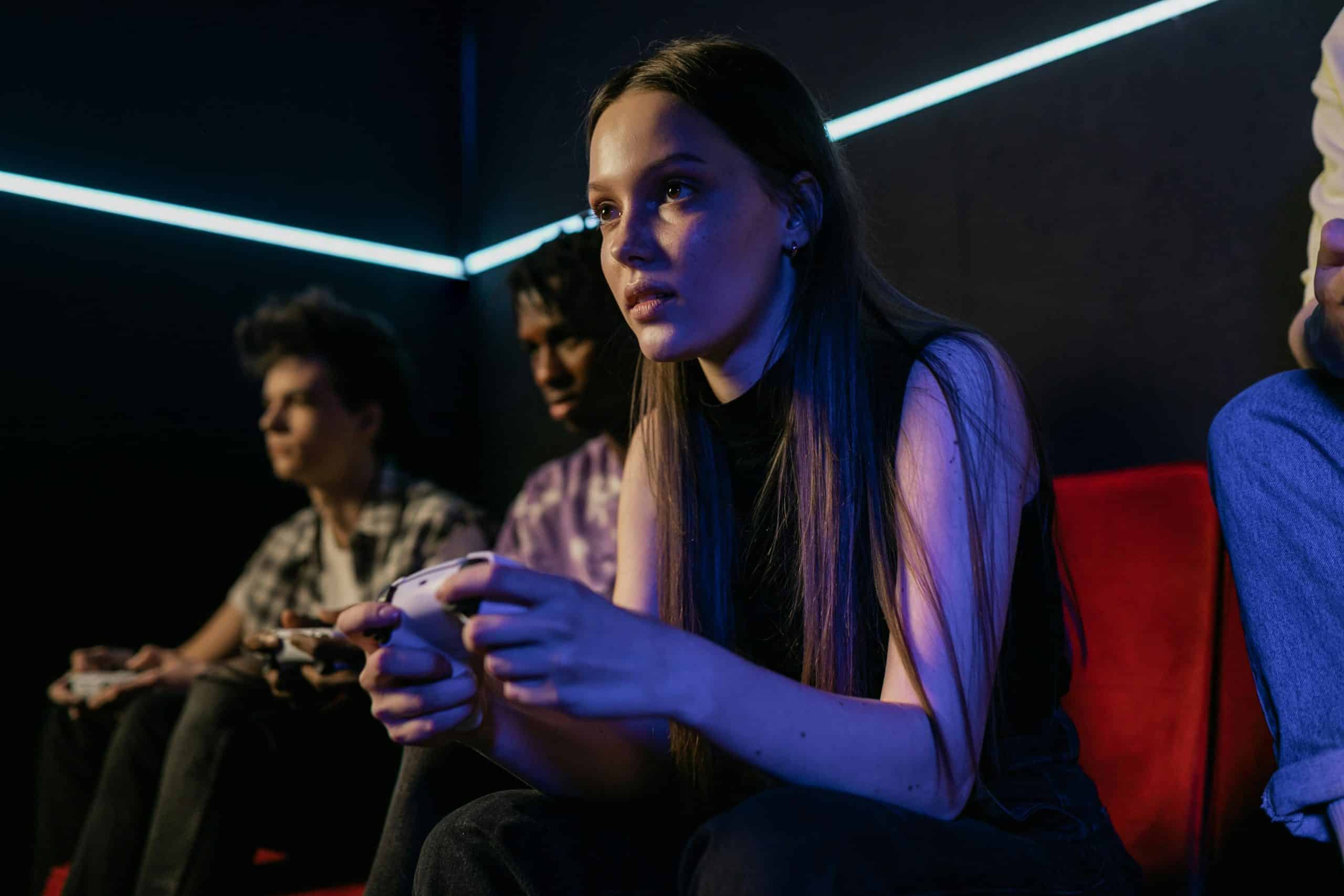Robert F. Kennedy Jr., the Health and Human Services Secretary, announced that the Food and Drug Administration intends to phase out the use of food dyes that are petroleum-based. The ban will eliminate the food dyes from our food chain and their coloring, which is used in many of the country’s most common and favorite foods. According to the Trump administration, the move is a “major step forward” in making America healthy again.
The Ban Will Affect Popular Brands
The impending ban will affect many popular products, including candy, cereals, and several snacks. According to some reports, the food dyes have resulted in neurological issues in some children.
“For too long, some food producers have been feeding Americans petroleum-based chemicals without their knowledge or consent,” Kennedy said in a statement. “These poisonous compounds offer no nutritional benefit and pose real, measurable dangers to our children’s health and development.”
Kennedy added, “That era is coming to an end. We’re restoring gold-standard science, applying common sense, and beginning to earn back the public’s trust. And, we’re doing it by working with industry to get these toxic dyes out of the foods our families eat every day.”
JFK Jr. Makes Crazy Claims
At a cabinet meeting earlier this month, Kennedy said that dyes directly affect “academic performance, violence in the schools, and mental health, as well as physical health.” He provided no evidence to support his claims.
The FDA is taking actions to eliminate synthetic dyes from the food supply by the end of next year. The department said the FDA is also fast-tracking the review of natural alternatives to synthetic dyes and that its agency is taking steps to issue guidance and provide regulatory flexibilities to industries.
“We have a new epidemic of childhood diabetes, obesity, depression, and ADHD,” FDA Commissioner Dr. Marty Makary said. “Given the growing concerns of doctors and parents about the potential role of petroleum-based food dyes, we should not be taking risks and do everything possible to safeguard the health of our children.”
Dyes On The Chopping Block
The dyes on the chopping block include Red No. 40 found in Pepsi, Blue Starburst, and NyQuil, a popular over-the-counter medication. Citrus Red, No. 2, which is used to color the skin of certain types of oranges. Yellow No. 6, which is used in Airheads and several cosmetic products, including MAC lipstick and Bobbi Brown cosmetics.
Yellow No. 8 is found in the popular drink Mountain Dew and Doritos. The blue number 1 used in the MAC eyeshadow and Blue Takis chips. Blue No. 2, for oxycodone and common baking McCormick food coloring. Green No. Liquid Advil and Lush, BlackBerry bath bombs.
In 2021, a report by California’s Office of Environmental Health stated that “it is clear that some children are likely to be more adversely affected by food dyes than others.” However, there has been no evidence to prove a direct link between food dyes and children’s academic performance, mental or physical conditions, or violence, scientists have said.








